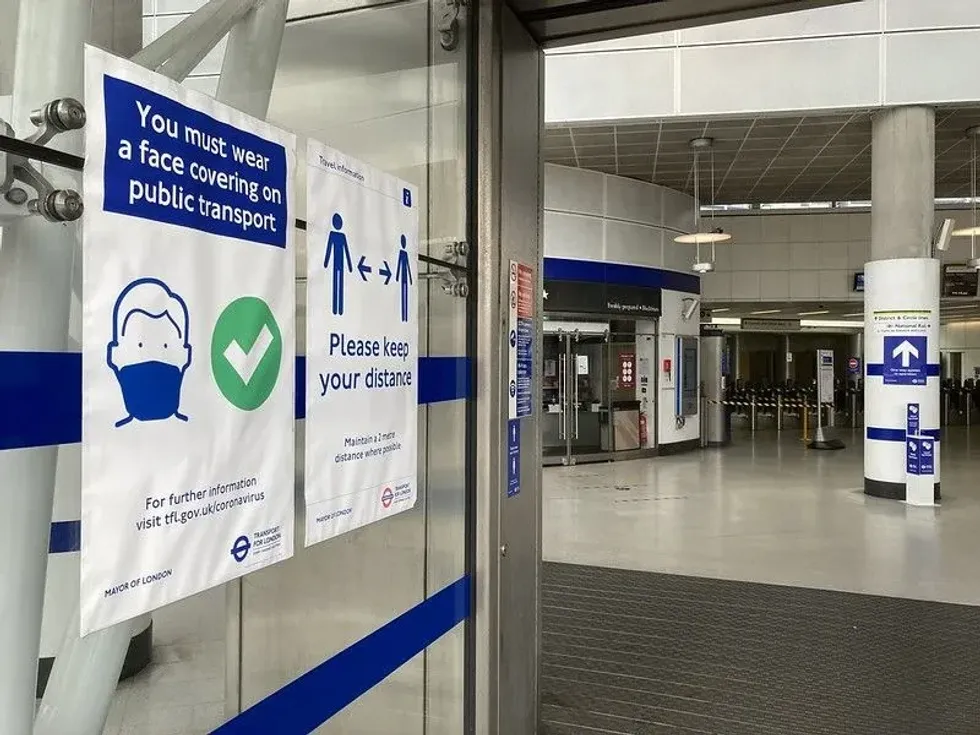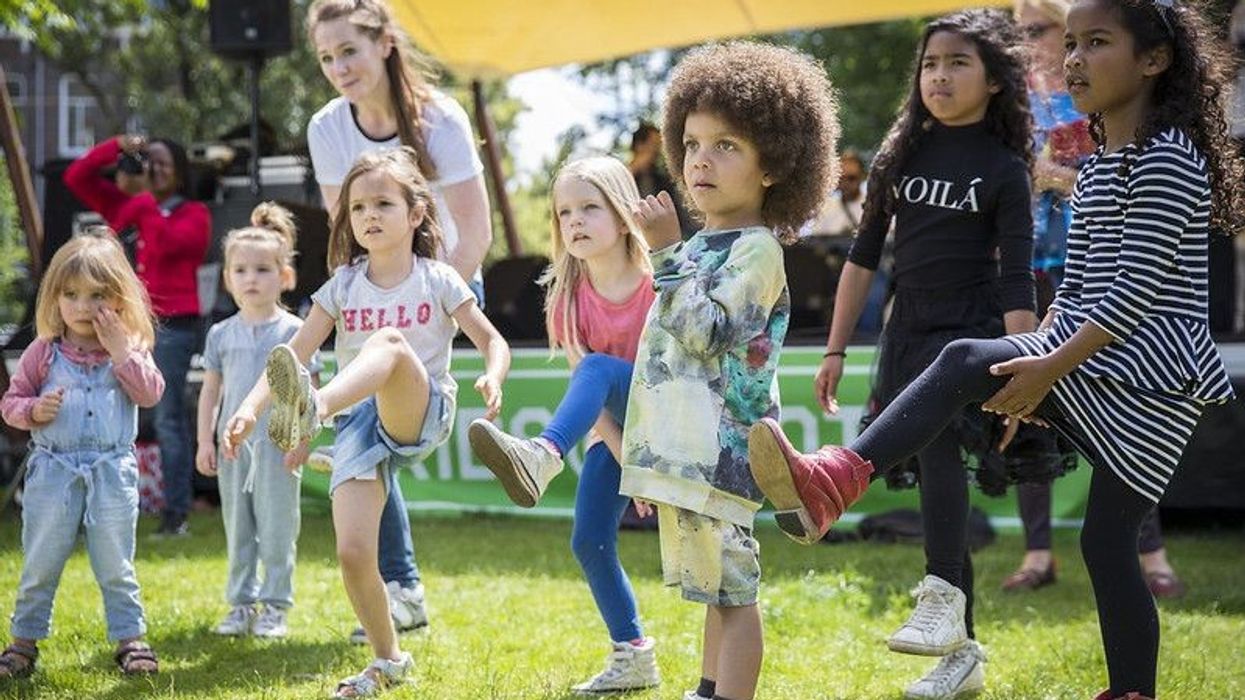Image by the author
As of July, public transport is once again open for anybody who wants to use it. But is it safe, and should we be taking our children onto trains and buses?
“You can’t take your kids on a bus or train for the foreseeable future. Nobody can.”
If someone had told you that a significant chunk of 2020 would be lived under these restrictions, would you have believed it could be possible? Public transport is a routine, almost mundane part of everyday life -- especially in London.
We take it for granted. But then the conditions of early lockdown reserved all public transport for essential use only.
It was unthinkable. Not a key-worker? Then get off the bus.
Even as lockdown eased, transport remained off limits (or, at least, heavily discouraged).
We were rightly asked to walk, cycle or drive to our destinations. That’s fine if you’ve got a car, or if your children are old enough to ride a bike, but the continued proscription on public transport trapped many families in their immediate local area.
We had the bizarre situation, at the start of July, where central London museums and galleries could open again, but you weren’t supposed to use the bus or tube to get to them.
The transport networks missed us, too. With so few people travelling, Transport for London came within hours of going bankrupt. It would have been legally obliged to wind up services. An eleventh-hour government bailout saved the day, ensuring that the tubes, trains and buses could keep the capital (and its key-workers) moving.
From 17 July, everything changed. Where non-essential travel was previously discouraged, our trains and buses were now welcoming all-comers once again. Suddenly, it was possible to hop on a bus to a bigger park, or take a tube ride into central London, or even get to grandma's house. That was a big deal for many families.
But just how safe is it? The virus is, of course, still circulating.
Bus handrails, train door buttons, ticket machines, fold-down tables… all of these provide surfaces that coronavirus can cling to. And then there’s the danger of air transmission when lingering in an enclosed space with strangers.
These dangers can be mitigated by regular hand washing, wearing a mask and only travelling at less busy times. There’s no getting away from the fact, though, that families using public transport have a greater risk of exposure to the virus than those who travel by car, bike or foot.
How To Keep The Family Safe On Public Transport

The guidance for catching a bus or a train is very similar to that for other activities in public spaces, but a few other considerations must be taken into account.
Wear a mask: It is now a condition of carriage that anybody over the age of 11 must wear a face covering on public transport, unless they have a valid exemption. £100 fines can be given to those who do not follow the advice.
The rules also now require a mask (or other covering) inside station buildings and other enclosed spaces.
You may briefly remove the covering if you need to eat, drink or take medication. The full guidance around face coverings on trains can be found on the National Rail site, and most of it applies to buses too.
Use hand gel: The danger from the virus lingering on surfaces can be greatly reduced if you remember to rub in alcohol-based hand gel after every contact (ditto with your kids’ hands). Many stations have sanitiser stops where you can get a free palm-full, but buses are unlikely to provide any.
Travel times: Buses and trains are getting busier as more of us use them for work and leisure. However, outside of rush hour, transport still tends to be quiet enough that you can socially distance without any problems. Avoid catching transport before 9.30 am on weekdays and after 4pm if you can help it.
Prepare your kids: Taking smaller children on public transport can sometimes be a little stressful, even in normal times. They have a tendency to clamber, don’t they?
So it’s important to prepare the way. Talk through the journey ahead before you set off, including a discussion about face masks and the importance of not putting fingers into mouths, nostrils or eyes.
For longer trips, you could promise some kind of treat (edible, playable, readable… whatever incentivises them) if they can stay on their seat for the whole journey.
Be sure to show appreciation if they do as you ask. And, of course, make sure you’ve brought along enough books, games, magazines or random toys to keep them occupied during the trip.
Hold on!: If you have to walk through the bus or carriage while it’s moving, you should still use the handrails. Yes, it increases your risk of exposure, but the risk of injury from a fall is probably greater. And you can mitigate the danger by using gloves, a cloth or by applying hand sanitiser afterwards.

Image by the author
Don’t do it too often: Every trip by public transport ever-so-slightly increases your chance of catching the virus so, by simple logic, keeping trips to a minimum is probably wise. If, for example, you often catch the bus to take children to school or nursery, consider walking (with scooters for the kids) if it’s not really all that far.
The need for public transport will differ among families, and every parent needs to find the right balance. If you, and the children, feel comfortable with getting back on a train or bus, and you’re not in a high-risk group, then the advantages of wider exploration may be worth considering.
On the other hand, if you have easy access to a car, or have everything you need within walking distance, then you might want to avoid the buses and trains for the time being.
Always check the latest Government advice on coronavirus safety before making a family trip.










